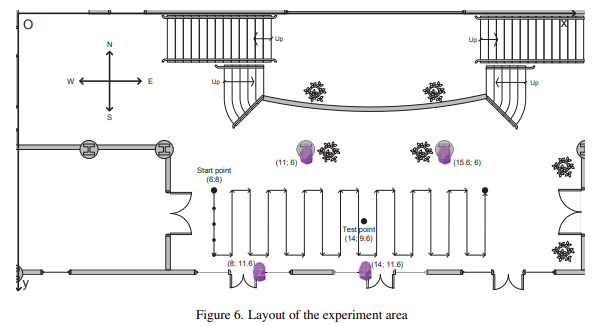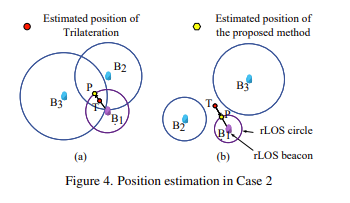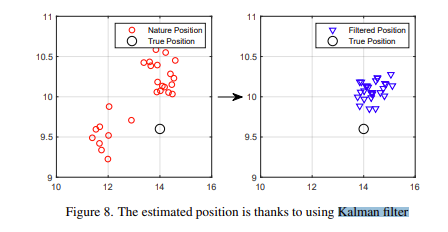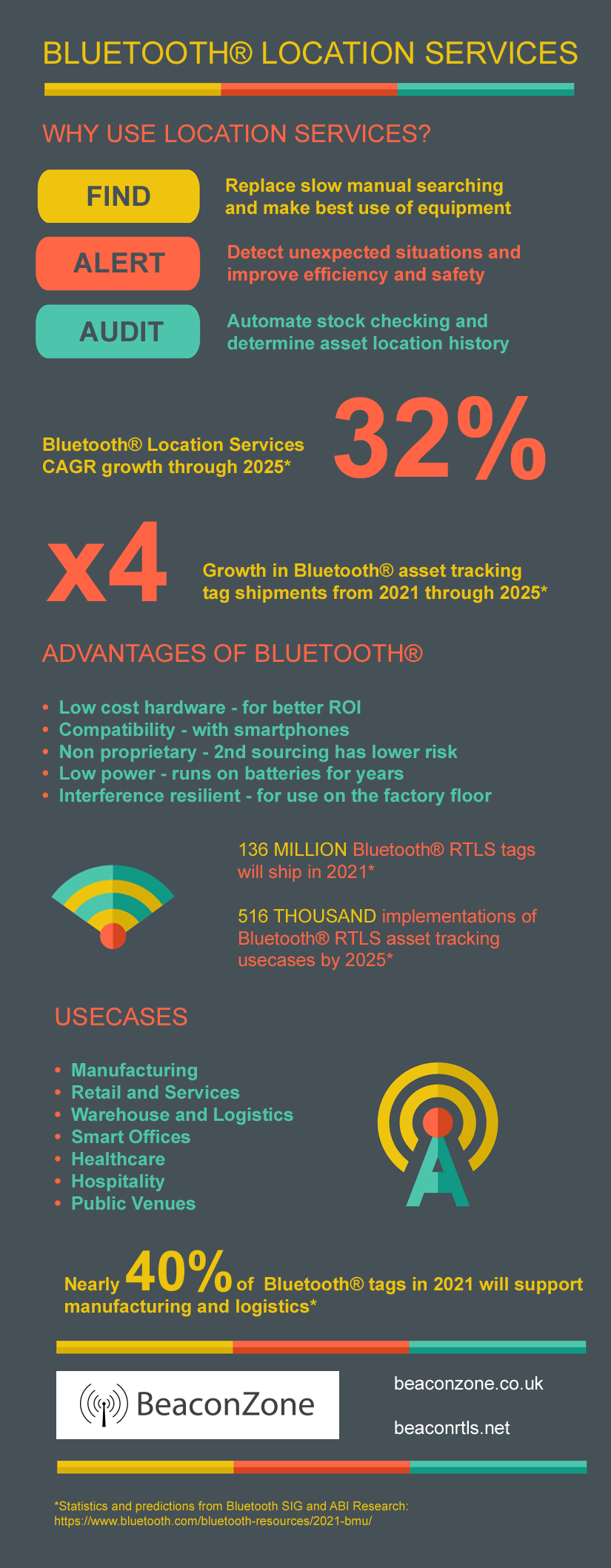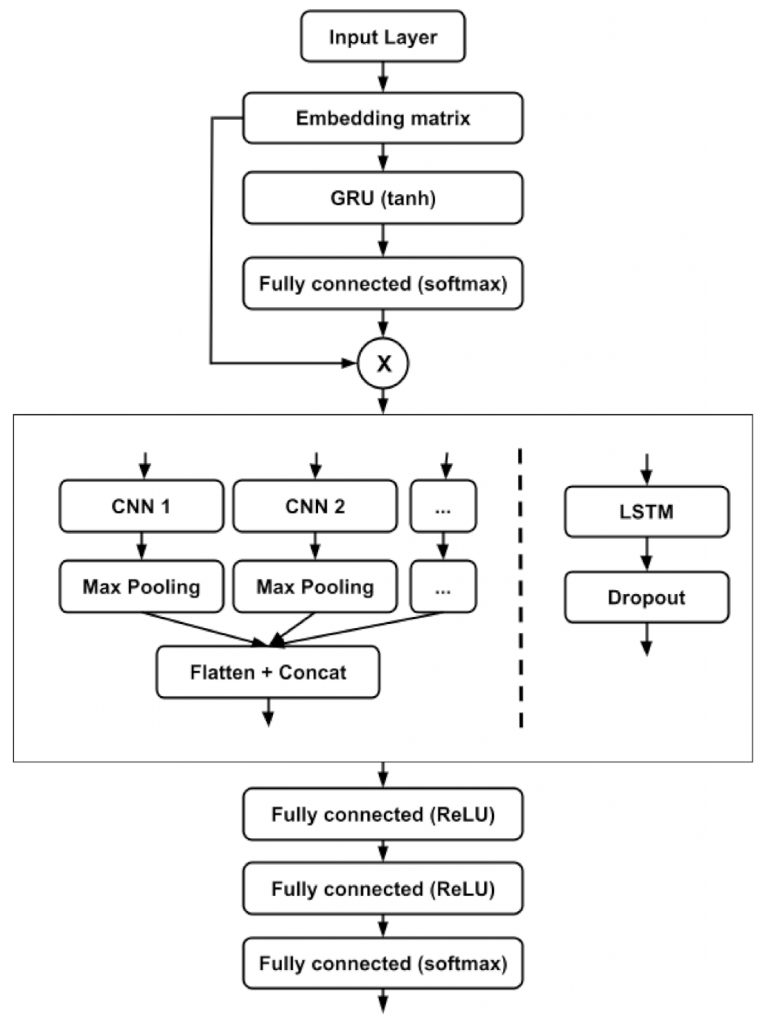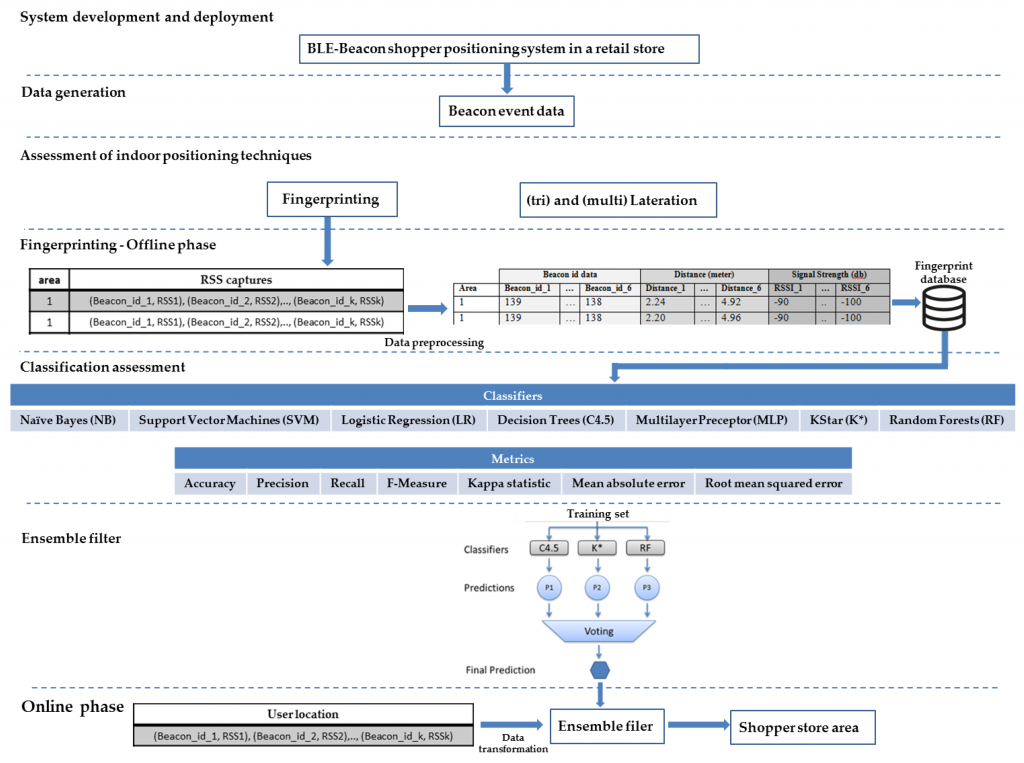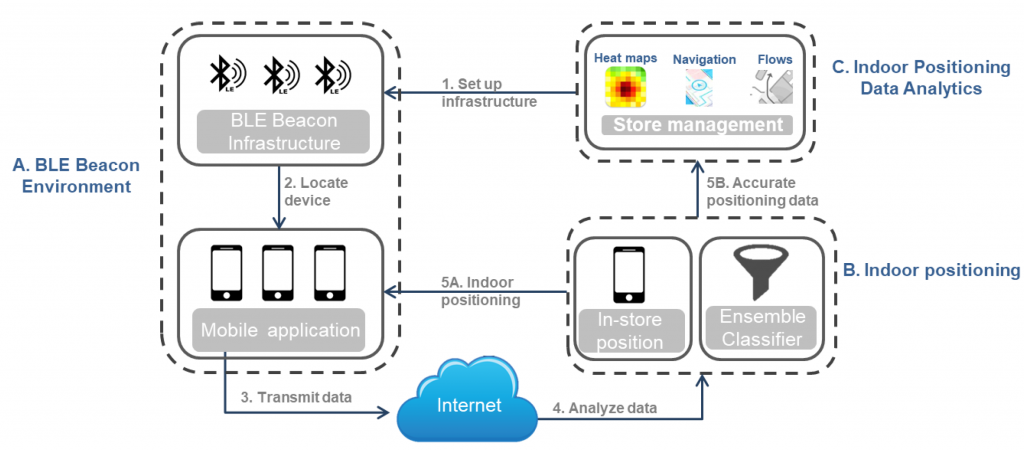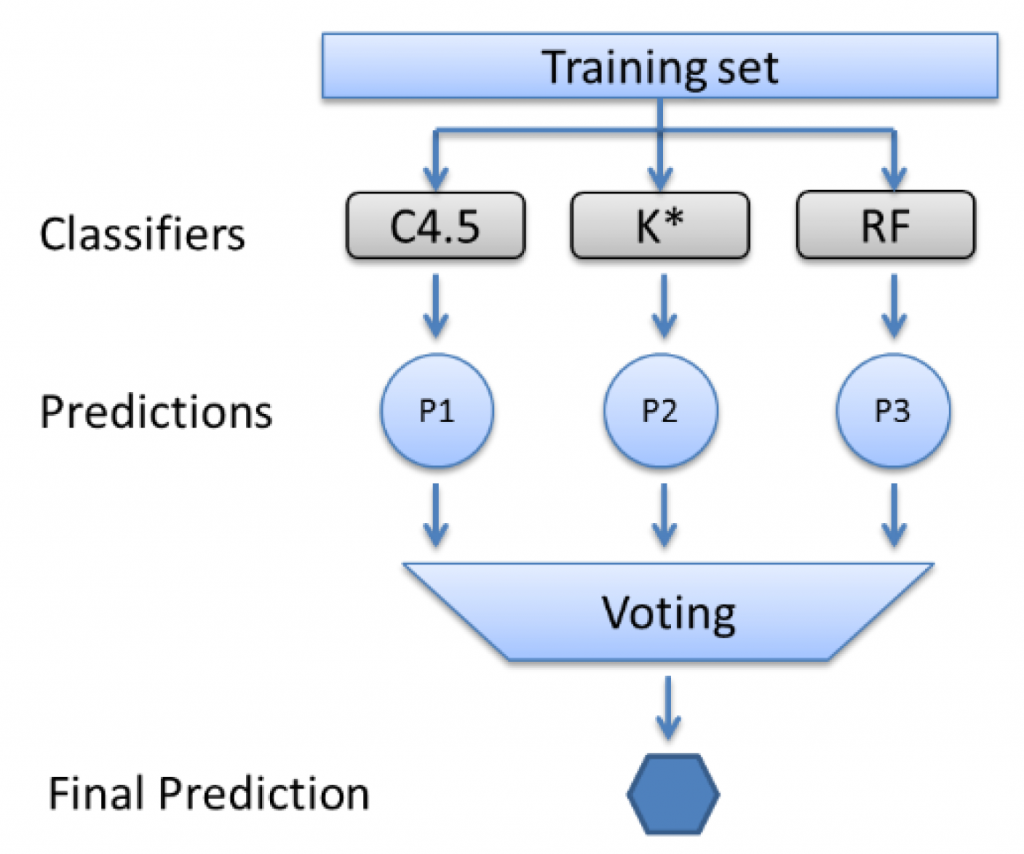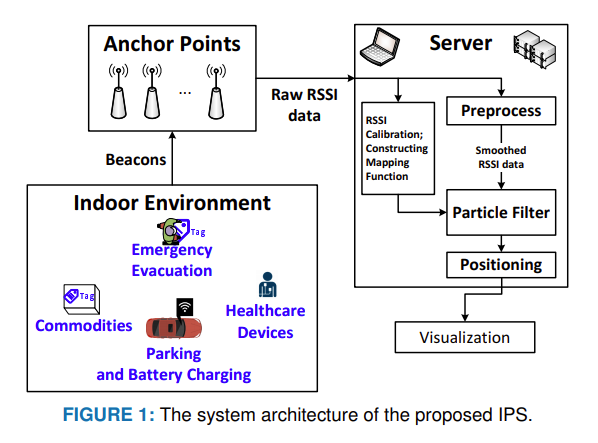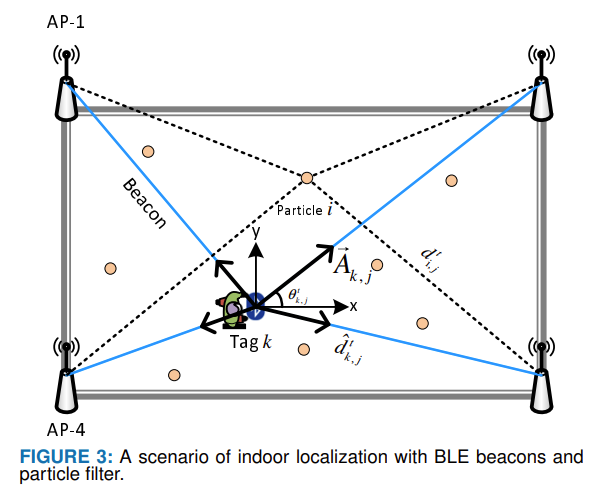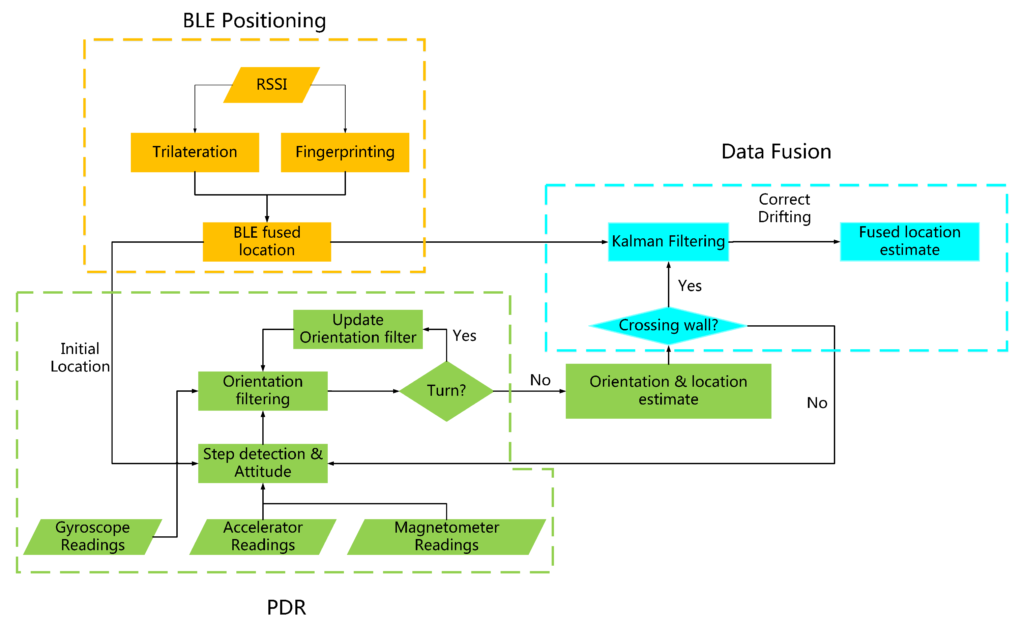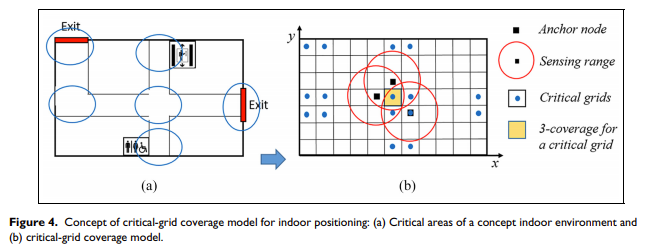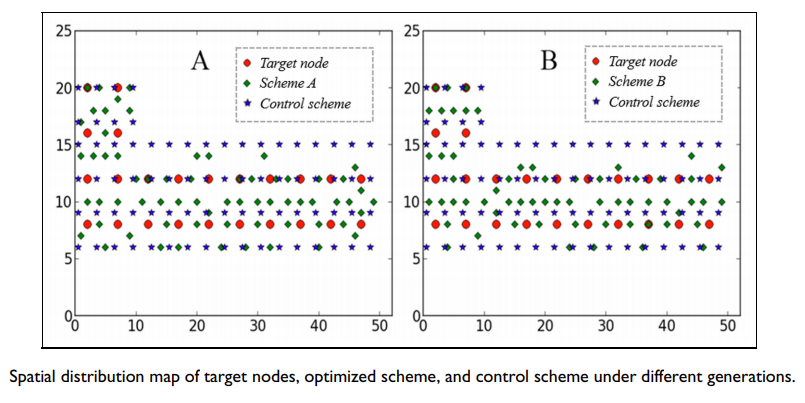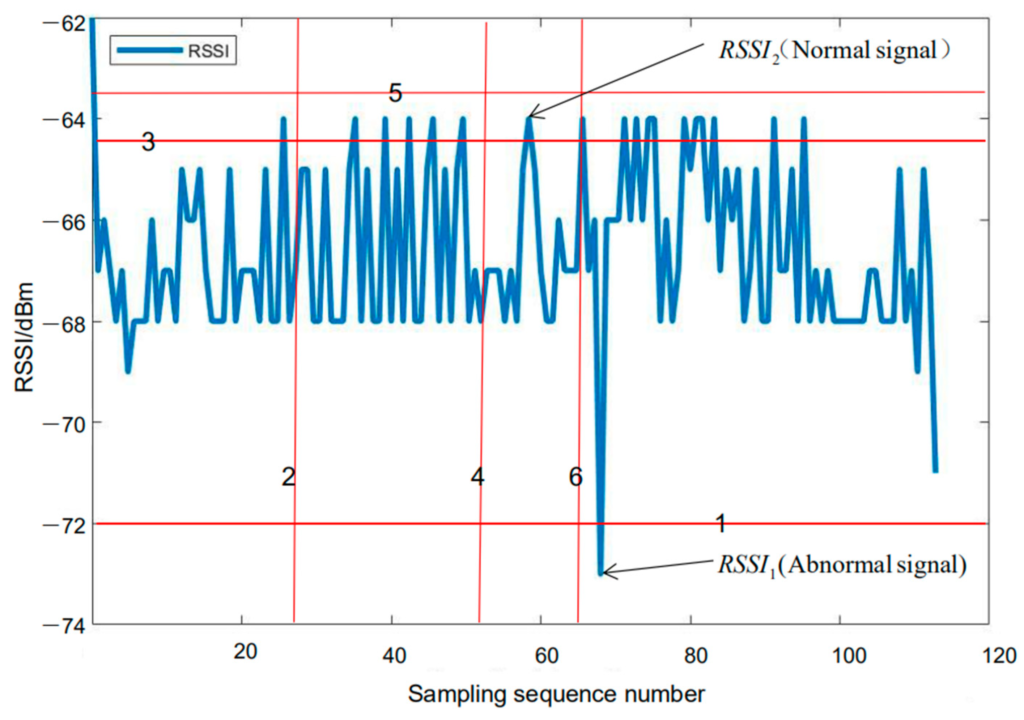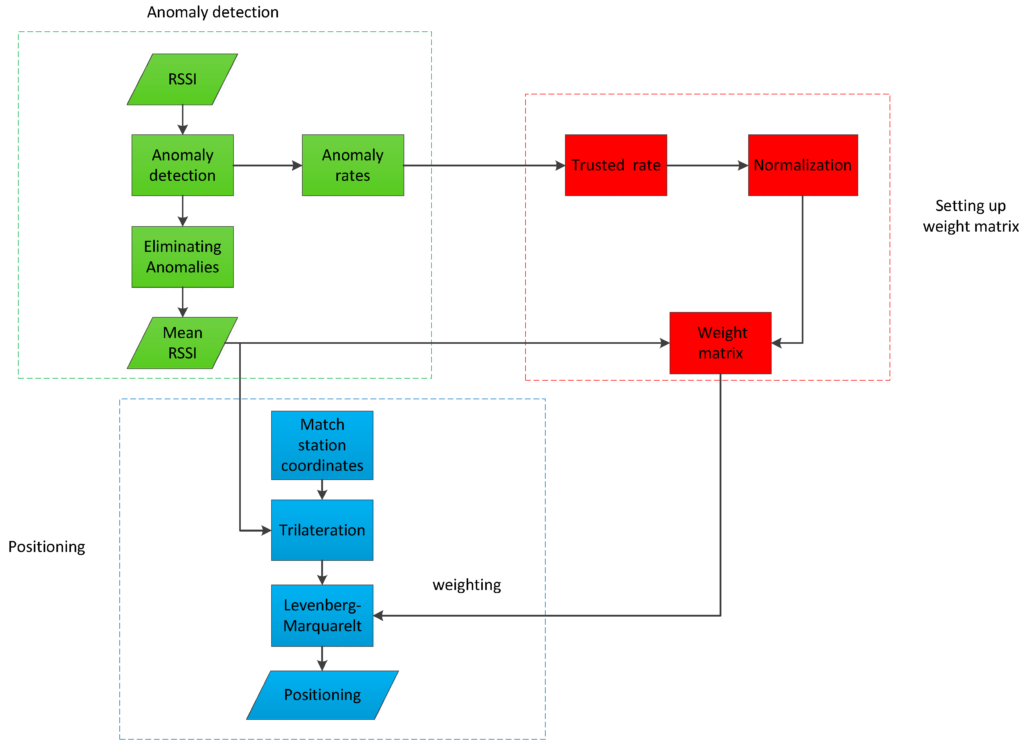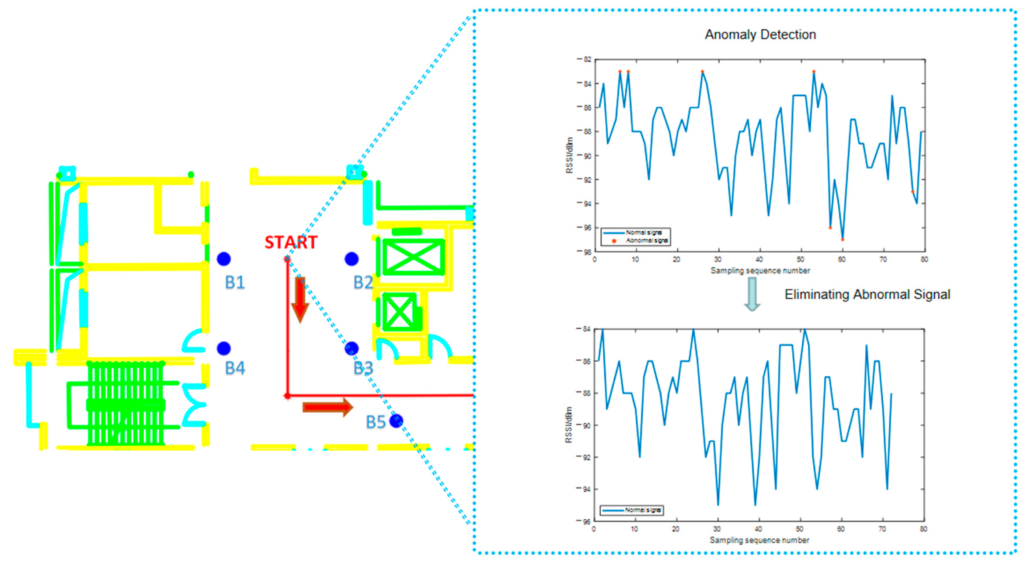The Covid pandemic has resulted in many organisations looking to quantify occupancy. This is especially so in education where government guidelines tend to be based on occupancy as well as social distancing.
Occupancy isn’t just relevant to pandemics. It’s also a factor in, for example, building emergency management when determining the optimal plan of action, for example, when allocating emergency personnel. Similar situations exist in police and military settings where, additionally, it’s advantageous to know the real time location of assets, people and casualties.
Past research on Occupancy Detection for Building Emergency Management Using BLE Beacons investigated use of a system made up of Bluetooth beacons installed in rooms and an app installed on occupants’ smartphones.
The research system used Raspberry Pis as iBeacons and Android phones as Bluetooth detectors. Fingerprinting was used to to produce data that fed into a multi-class SVM classification with classes being different room areas. The system was able to provide high occupancy accuracy and identify occupant movement patterns.
There are many problems with using such a system in real life. The Raspberry Pi beacons are fragile and have long term reliability problems due to the use of Micro SD storage. Systems based on fingerprinting rarely work long term because wireless signals change when there are changes in the physical environment such as more people or change in furniture. Using smartphones as detectors also isn’t always reliable because people fiddle with apps, change permissions and real time use implies a larger battery drain.
Instead, it’s necessary to turn the system around and have beacons on people and use dedicated devices, gateways, as detectors. In the simplest case, the gateways send detections to a server to be processed. More sophisticated systems such as our BeaconRTLS™ provide intelligent processing, mapping, alerts and reporting such as occupancy per zone.
Read about Using Beacons, iBeacons for Real-time Locating Systems (RTLS)
